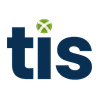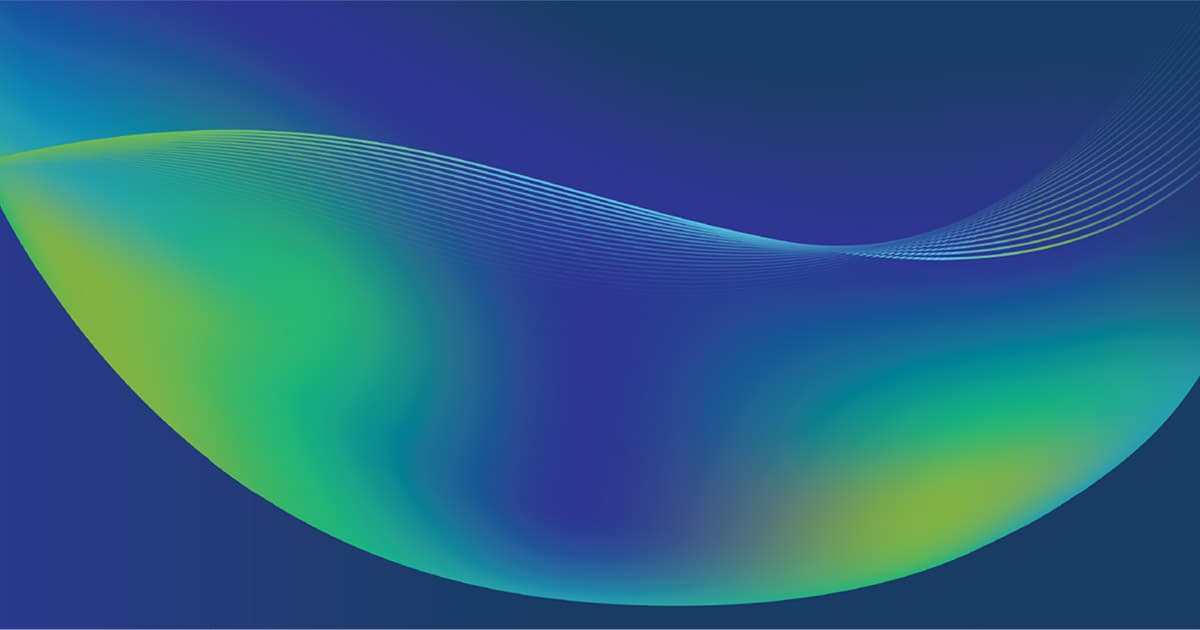Definition of Payment Transactions
Payment transactions: The organization of money circulation, financial linking of people and countries and ultimately, the sum of all payment procedures.
They are one of the most important economic transactions and since all times have provided us with order and structure, but at the same time they have been a nuisance, because they are equally complex and essential. They come in the form of cash payments, semi-cash payments and non-cash payments, with the latter definitely at the forefront. But in order to organize payment transactions optimally, there are a few things that need attention.
In this article you will find out everything on how to renew your payment transactions, making them more transparent, simpler and more secure. At the same time, you can keep up with digital transformation.
Step 1: Getting an Overview
Regarding innovations in payment transactions, there are many items that require attention. For this reason, it is important to get an initial overview of the current payment transactions situation and a breakdown of the complexity of the factors contained in this term. You should be able to answer questions regarding current payment formats, including abroad, bank communication and possible bank connections before you start making any changes. You should also take into consideration your own payment transactions, in order to recognize weaknesses and potential improvements. Only then will you know if there is still potential for optimization and where the innovation process needs to start.
Step 2: Setting Goals
As is the case with successfully mastering any task, it is important to first set goals in advance and to monitor the results to be achieved. In this way, you prevent inaccurate or unwanted results and a lengthy change process. In order to define your goals, you should compare and consider the potential connections to the bank, systems and formats which are to be used in the future. Moreover, an initial conceptional model of the potential new banking landscape should be developed.
Once the first two steps have been carefully considered, it is down to the nitty gritty: making better decisions.
Step 3: Partner Search – Core Bank
Your first decision should be the choice of a core bank. It is essential for the innovation of your payment transactions. That is why it should accurately made. Carefully investigate potential banks and find out which ones would offer you with the best support in the payment processes. A Request for Proposal (RfP) could be useful here, a standardized process for selecting the most appropriate bank partner. This Initial step, which at first seems tedious, may prevent you from making rash and wrong decisions and will save you extra work. A so called “Beauty Contest” could help you settle the matter. If your bank is to distribute payment transaction files to the individual client banks in various countries, definitely obtain the right level of information about the countries and their modes of payment which can be reached beforehand.
If you want to reduce complexity and create uniformity, you should make sure your bank uses a uniform system for transmitting payment transaction data, such as EBICS. However, you should not forget that EBICS has been introduced throughout Europe, but in other countries not every bank can be reached, which will complicate cross-broder payment transactions. For this reason, you should inform yourself about additional alternatives. Generally, though, the tendency is as follows: create transparency and security for payment processes through company-wide standards.
Step 4: Determine Middleware
This step particularly ensures a greater degree of security in the payment transaction process. Middleware acts as a type of distribution platform or as a intermediary between various operating systems, which supports communication between processes. This guarantees secure transactions, while complex data is being transported. Again, you should bear in mind that not all payment processes have reached the same level of automation. Therefore, the selected middleware should enable you to create payment formats from manually entered data in various country formats.
Step 5: Use Resources in the Right Way
Innovations are to be considered as time-consuming and costly, given that payment procedures and communication channels need to be set up. Even before the innovative payment transaction switch has been made, fixed formats are still been produced and been tested. Each additional account represents a multiplier in the amount of time and effort required. So, the toughest restructuring may impact your IT department. Therefore, plan your resources accurately and be aware of unexpected surprises and inaccuracies. Depending on the internal time and money related resources available, you might want to think about an alternative solution.
Tip:
If you find that your resources are been overwhelmed, or if costs are too high, it would be worth considering outsourcing the entire bank communication infrastructure.
We offer a tailored Service package, which ensures an accurate and comfortable approach and a time efficient process. On top of that, you can take advantage of many other benefits.
Do the Same as MANN+HUMMEL
MANN+HUMMEL, the global leading expert for filtration solutions, searched for precisely such a solution. Managing 250 bank accounts across 60 sites in over 28 countries, would simply have used up too much of its internal resources. For this reason, they selected the TIS Bank Account Manager– the leading SaaS (Software as a Service) solution for secure and efficient bank account management. And in this way, the unmanageable Excel files and the time-consuming, paper-based e-mail exchange became a uniform, standardized electronic collaboration workflow, increasing reliability and integrity and improving the daily management of information.
ROI:
On the whole, the manufacturer was able to save time and minimize costs, as well as increase transparency and actuality.
Payment Transaction in Transition
But not only are company-wide payment transactions undergoing changes, but also global payment transactions. New technologies for payment procedures are being applied, competition is increasing and digitalization is advancing. Cashless payment, contactless payment, cardless payments, down to entirely digitalized payment-everything is possible and there are no limits on further development in the digital age. But not only the types of payments, but also the number of providers are rapidly increasing. General payment transactions are in transition and for this reason it is the best time to get on the bandwagon and to revamp your internal payment transactions procedure.
For this reason, always keep your eye on your goal and follow a detailed plan – in this way, step-by-step, you will achieve a re-organized and optimized payment transaction procedure just the way you wanted it.



